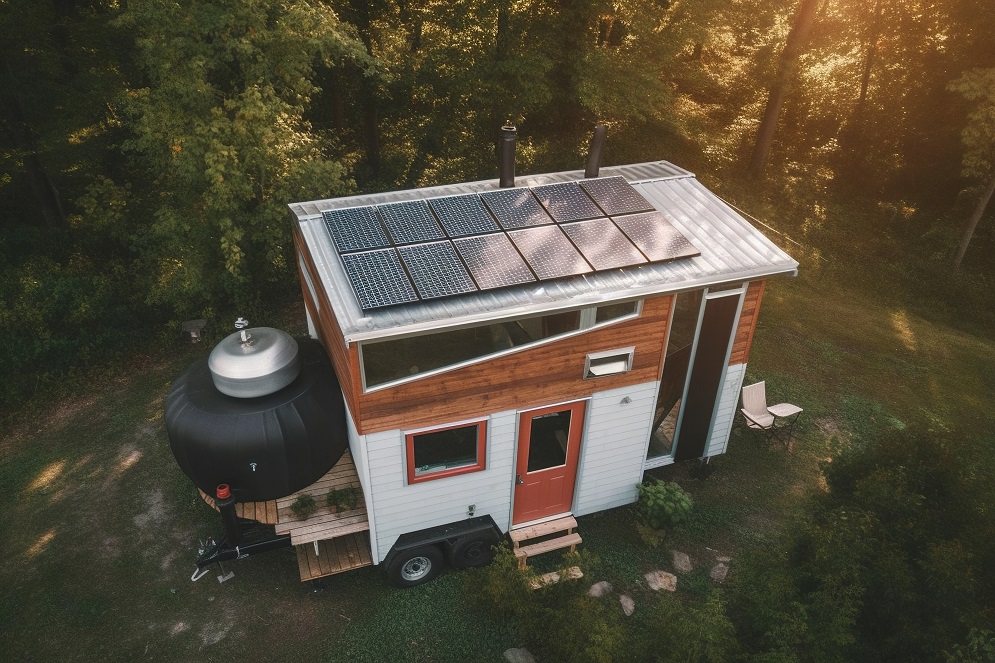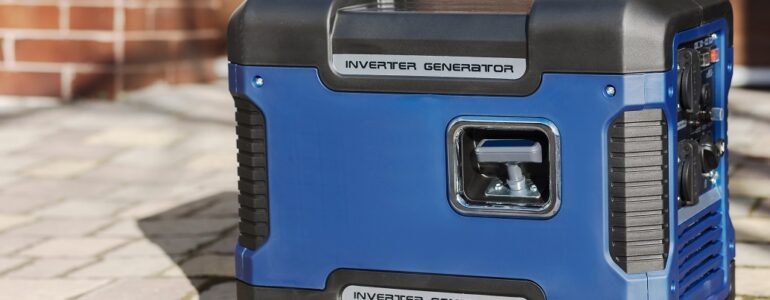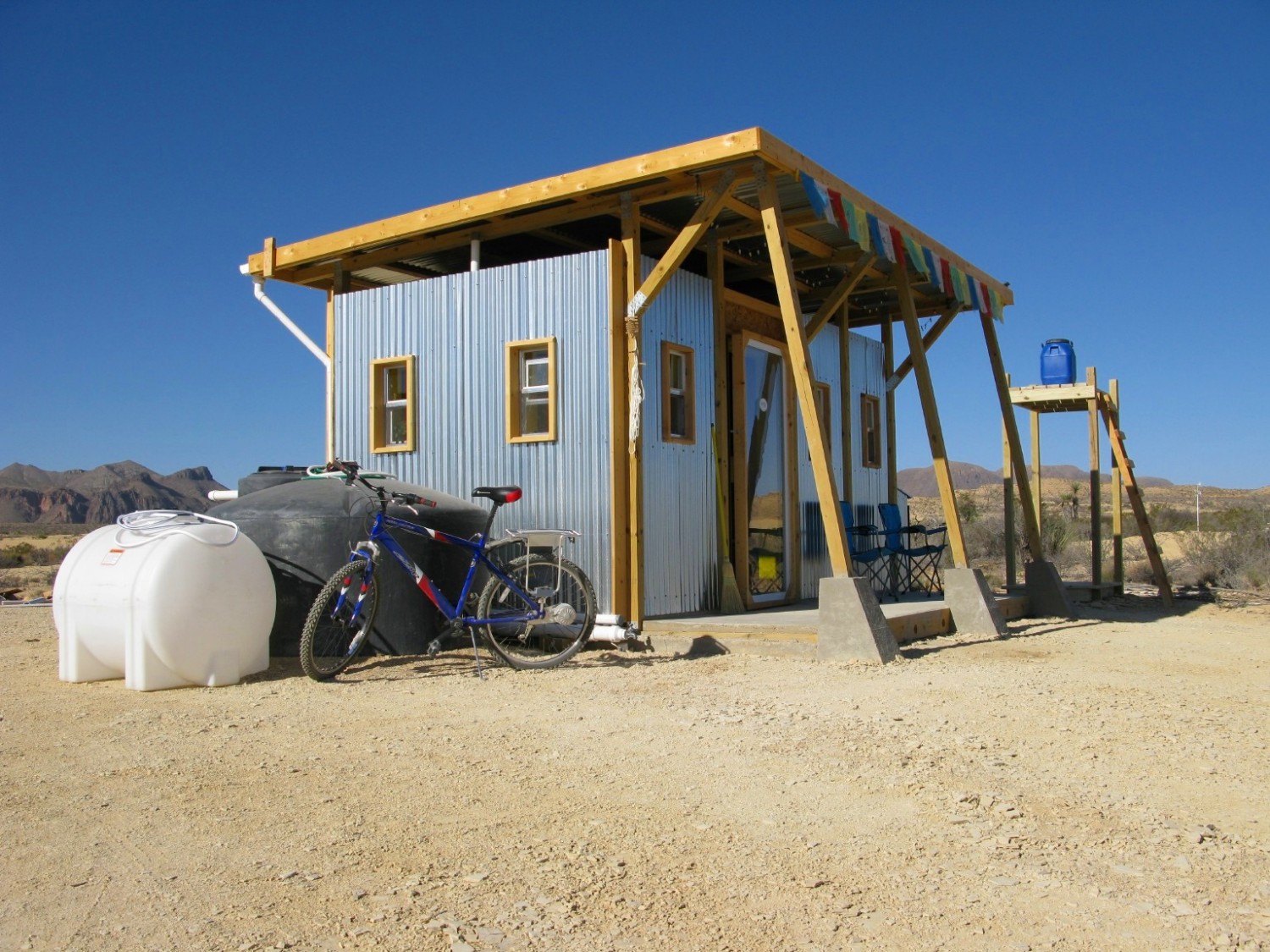Unlike traditional homes, tiny houses—whether stationary or on wheels—face unique challenges during power interruptions. These outages can disrupt daily routines, affect comfort levels, and even pose safety risks.
Ensuring a reliable strategy to handle such disruptions is important for maintaining both convenience and safety. Here are some effective ways to keep the lights on and the worries off during electrical outages.
- Understand Your Power Needs
The foundation of outage preparedness is a thorough understanding of your energy consumption. Start with a detailed audit of your appliances, utilizing an energy meter to gauge daily usage.
Highlight essential systems—such as refrigeration, lighting, and climate control—and prioritize them based on their importance. Also, consider the energy requirements of charging electronic devices or running medical equipment, if applicable, to ensure all critical needs are accounted for.
By gaining insights into your home’s energy dynamics, you can craft a backup power plan that’s both efficient and effective.
- Invest In Load Shedding Systems
A load shedding solution offers a smart way to manage power by prioritizing the operation of crucial appliances.
Integration with your existing electrical setup is key to ensuring a smooth operation during outages. It not only preserves your backup energy but also minimizes the discomfort during power losses.
Explore options that allow for remote or automatic control, adding a layer of convenience to your energy management strategy. You can seek advice from energy experts to find the best fit for your tiny home.

- Consider Solar Power And Battery Storage
Embrace the power of the sun with solar panels and pair them with a robust battery storage system.
Assess your property’s solar viability and work with a renewable energy specialist to customize a system that meets your calculated energy needs.
This reduces grid dependency and provides a reliable power source during interruptions, all while championing environmental stewardship.
Investigate the latest advancements in solar technology and battery efficiency to maximize your investment and ensure your system’s longevity.
- Use Portable Generators
Portable generators stand as a flexible backup option that can support your entire home. Choose a generator based on fuel preference, capacity, and operational noise, prioritizing models with eco-friendly features or inverter technology for cleaner, quieter operation.
Stock up on maintenance supplies and familiarize yourself with basic upkeep to keep your generator in peak condition.
Additionally, you can integrate your generator with an automatic transfer switch for effortless switching between power sources.
- Implement Water Conservation And Backup
Electrical outages can affect your water supply, especially if you rely on electric pumps for water. Implement water conservation measures such as using low-flow fixtures and collecting rainwater for non-potable uses.
Consider installing a manual pump or having a gravity-fed water system as a backup. Keeping a supply of bottled water for drinking and cooking is also prudent. These steps ensure that your water needs are met even when power is unavailable, providing a comprehensive approach to self-sufficiency.
- Develop A Communication Plan
Maintaining communication during a power outage is essential so you can reach out for help or offer assistance if needed. Make sure to charge portable battery packs in advance and have alternative charging methods, such as solar chargers or car chargers, for your mobile devices.
Consider investing in a hand-crank or solar-powered radio to receive weather updates and news. Also, it’s important to establish a communication protocol with family members and close neighbors to check in during prolonged outages.
- Enhance Energy Efficiency
Boosting your tiny home’s energy efficiency is a powerful tool in outage management. Beyond upgrading to Energy Star appliances and installing smart thermostats, consider adopting advanced window treatments and LED lighting systems that offer superior energy savings.
Investigate the potential of energy recovery ventilators (ERVs) or heat pumps for more efficient temperature control. These upgrades not only reduce your energy footprint but also decrease the demand for your backup power, ensuring longer operational times during outages.
- Conduct Regular Maintenance And Safety Checks
The efficacy of your backup systems hinges on diligent maintenance and strict safety protocols. Develop a comprehensive maintenance routine that includes regular checks of solar panels, batteries, and generators.
Employ professional services for annual inspections to catch any issues before they escalate. Ensure your tiny home is equipped with updated fire extinguishers, smoke detectors, and carbon monoxide detectors, especially near energy storage and generation equipment.
- Educate And Prepare
Empower yourself and your cohabitants with knowledge and practical experience in managing electrical outages. Organize informative sessions to discuss the operation of your backup systems and emergency procedures.
Compile a comprehensive resource kit containing equipment manuals, warranty information, and essential contact numbers. Regular practice drills and a well-understood plan can transform a potentially stressful situation into a manageable and orderly event.
Conclusion
Managing electrical outages in a tiny house requires a blend of proactive planning, investment in reliable backup solutions, and a commitment to energy efficiency.
From understanding your power needs to investing in solar panels, these strategies can help ensure that electrical outages are nothing more than minor inconveniences.
Embracing these solutions not only provides peace of mind but also reinforces the resilience and sustainability of tiny house living.




